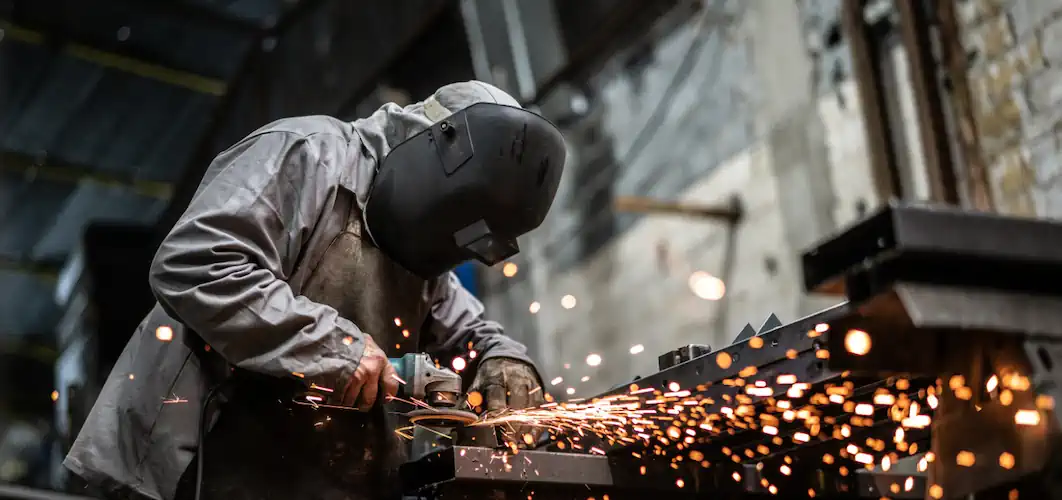How to Choose the Right PPE for Steel Mills
Understanding how to prioritize safety in steel mills is necessary. By focusing on the performance evaluation, certifications, price point, and comfort, one can choose the appropriate PPE and avoid risks.
The safety of steel mill workers is and should be the top priority for all managers of metallurgical sites. Working in steel production is not without risks, and the profession exposes workers to many dangers, ranging from burns and exposure to hazardous chemicals to traditional fractures and falls. Being equipped with the appropriate steel mill PPE (Personal Protective Equipment) helps mitigate these risks. Choosing the right equipment to address specific risks in an appropriate environment is crucial.
In this article, we will provide you with some tips to help you make your own selection.
- Specifications
Before selecting PPE, it is essential to understand the tasks at hand. Depending on the application, the required PPE can vary significantly. For example, someone working in close proximity to molten metals will have very different protection needs than someone working with hazardous chemicals.
Next, assess the nature and intensity of the risk(s). While many PPE items may be common throughout the factory, certain tasks will require PPE with specific properties. The type of gloves and visors used when handling molten metals should meet safety standards for fire resistance, radiant heat, and projectile resistance. On the other hand, someone working with chemicals may not have these constraints but will require respiratory protection.
- Performance Evaluation
Intrinsic performance of PPE is also an important consideration. Choosing the right PPE not only ensures the safety of your team but also prevents overprotection, which can be costlier.
- Understanding the Certifications
Most PPE items often boast certifications that are specific to types of risks, occupations, and geographical locations. These certifications are conducted and monitored by third-party organizations and provide an objective view of the performance of a given PPE, ensuring it meets the necessary requirements for a specific profession.

- Comfort
One essential factor not to overlook is the "fitting" of the PPE relative to the physiology of the person being protected. Ill-fitting PPE can be as dangerous, if not more so, than not wearing PPE at all. Taking the time to try on and adjust PPE for the task at hand is, therefore, crucial.
Comfort also influences workers' willingness to wear PPE willingly. If PPE is uncomfortable or cumbersome, workers are less likely to wear it correctly or at all. When choosing PPE for your steel mill employees, look for products designed to be comfortable and easy to use.
- Budget
Lastly, cost is a factor to consider maximizing return on investment without compromising safety. Finding a balance between quality and price requires a good understanding of both risks, products, and certifications. There are numerous options that won't break the bank while still providing adequate protection for your employees.
In summary, choosing the right PPE is essential when working in a foundry to ensure the safety and well-being of workers. Understanding the specific needs of the job, evaluating performance, considering certifications, ensuring comfort, and budgeting appropriately are all key factors in making the right PPE selection.
- Common Steel Mill PPE
It's essential to be familiar with some of the common PPE products often used in foundries. Here are a few examples of PPE items commonly employed in steel mill workplaces:
1. Safety Helmets : Protect the head from falling objects, impact, and heat. They should be heat-resistant and capable of withstanding extreme temperatures.
2. Eye and Face Protection : This category includes safety glasses, goggles, and face shields. They shield the eyes and face from flying debris, heat, and harmful chemicals.
3. Hand Protection : Protective gloves are available in various materials, such as leather, Kevlar, and heat-resistant materials. The type of glove chosen depends on the specific tasks and the associated risks.
4. Body Protection : Flame-resistant coveralls or jackets are necessary for shielding the body from heat and sparks. Specialized aprons or full-body suits may be required in some cases.
5. Footwear : Steel-toed boots or shoes with heat-resistant soles provide protection for the feet from falling objects, molten metal, and extreme temperatures.
It's important to select the appropriate PPE based on the specific tasks and risks associated with your foundry operation. Take the time to assess the needs of your workforce and ensure that they are adequately equipped with the right PPE to minimize risks and promote a safe working environment.















